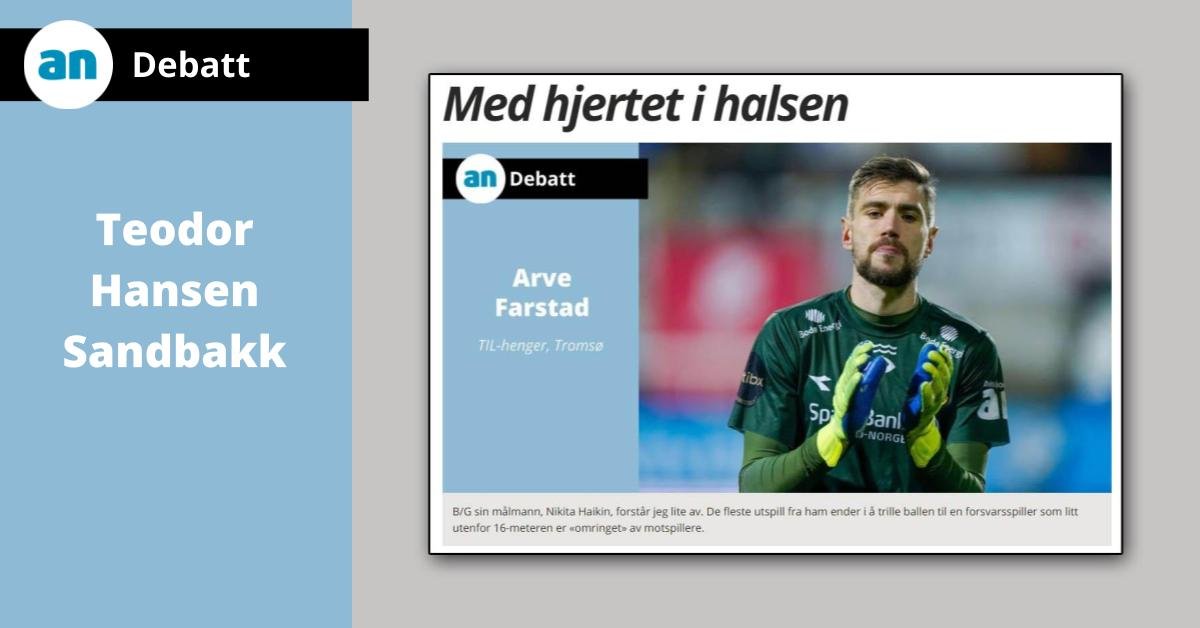Opinions This is a discussion post. The publication expresses the opinions of the writer.
In Klassekampen on October 7, we read that then Education Minister Tunji Brenna would use NOK 157 million from the state budget to promote practical learning for pupils in grades 5 to 10. Steps to build and equip schools. That’s a good start, but it will only solve a limited part of the problem. Moreover, it will only apply to a small number of pupils, not those who still have a lot of creativity and joy, such as primary school pupils in grades 1-4.
The imperial paradox
“It is a paradox that young children love school, but then the joy and creativity go away,” says one of the teachers who participated in our research project. Creator-oriented learning (MAKER), where we investigate and develop knowledge about Makerspaces at school. Maker workshops are learning and development arenas for creative, imaginative and innovative work. They are often equipped with manufacturing tools, electronics, programming equipment, and digital solutions along with traditional tools and materials.
In my meetings with school administrators, I have found many dedicated teachers, like her in the quote above, who see the challenges facing schools today. Unfortunately, it’s no surprise that “a lot of children and young people say they’re unmotivated and bored at school,” says Brenna. For those of us who have been involved in teacher training and educational research over many years, the challenge of unmotivated children and young people is well known. Through discussions and debates about research findings, many have argued for increased relevance and creativity across topics.
Creative joy and deep learning
In the current curriculum, among other things, the joy of creativity and deep learning are laid as the foundation. The Skaparglede program is about allowing pupils to express themselves, preferably in art, culture and creative fields. Deep learning is about understanding, relevance and creativity. The outlines are clear in the general part of the curriculum, but how and why the school day will change is not revealed in the curricula for different subjects, national examinations or other frameworks of the school.
For example, subject plans come with expectations and requirements that every student should acquire the same knowledge, which should ultimately be measured in tests equally for everyone. This is the opposite of the emphasis on creativity that depends on students’ own interests, motivations and experiences. It can then happen that students work on completely different projects, of different lengths and objectives, and thus acquire special knowledge that has no purpose to be measured in identical tests.
Researchers have previously concluded that young children naturally dominate many aspects of creative self-awareness. Among other things, dealing well with uncertainty, trusting your intuition, curiosity and interest. As they grow up and participate in learning cultures and activities that focus on correct answers, rather than creative ideas, they lose this sense of self and this trait. A successful framework for nurturing the inherent creativity of young people is not what it should be, if measuring performance and solutions with one correct answer become the most important criteria for success.
In the workshop
Many schools have set up creativity workshops, seeking to make room for pupils’ own interests and motivations. The complex form of education challenges the traditional role of the teacher. The teacher must walk alongside the student learners, guide them, learn from them and create knowledge with them. This gives plenty of room for exploration, as pupils are allowed to make mistakes in order to find solutions on their own, thus building a strong sense of self. It is about participation, not performance, and developing inherent qualities, not arriving at a predetermined answer.
Such a view of learning is indeed one of the pillars of the Arts and Crafts subject. Along with the use of materials and tools in shaping the patient, learning is physically grounded. This also gives room to shape children, build stamina when they participate in operations, and allow them to experience that they can correct themselves if they make a mistake. They become strong and practice resistance to psychological problems, developing respect for the work and materials found in the things that surround us. And they are happy about it. Although the subject of arts and crafts occupies a larger place in the school by law, USN researchers have recently identified that the framework in the school, with low subject competence, poor financial resources, increasing class sizes and shrinking workshops, still makes Hard to achieve.
Practical topics
We learn from our ongoing research project (MAKER) that it is not the equipment that determines whether or not you get a practical, creative-oriented education at school. The individual teacher is the driving force: the fiery spirit who has reached out to make a difference. Skaparverkstad teachers create a space where it is initially crowded, and believe in transforming the school day, where there is room for the whole learning person.
After decades of science development, we should now strengthen and increase objective proficiency in practical subjects and build on the solid tradition that lies in the subject of arts and crafts. Combined with increased investment in a movement of committed and skilled enthusiasts in creative workshops in Norwegian schools, it is possible – with the right use of millions – that there will be a place for creative, inventive and, not least, happy children.
First published in Vorskirsonen 23.10.23: After decades of science development, we must now strengthen and increase objective competence in practical subjects (forskersonen.no)

“Explorer. Unapologetic entrepreneur. Alcohol fanatic. Certified writer. Wannabe tv evangelist. Twitter fanatic. Student. Web scholar. Travel buff.”




